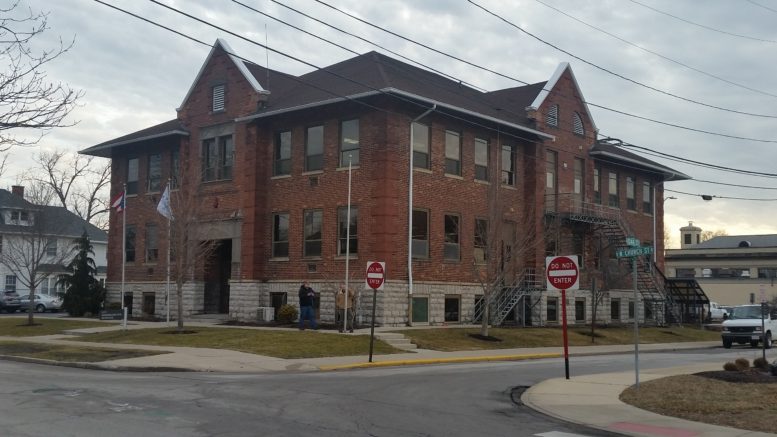By JAN LARSON McLAUGHLIN
BG Independent News
Progress on land use issues in Bowling Green is a marathon – not a sprint, according to City Council member Bruce Jeffers.
For those who doubt that progress is being made by the Planning, Zoning and Economic Development Committee, Jeffers reported otherwise during Monday’s council meeting.
“We are continuing to move forward, slowly and deliberately, with planning a variety of improvements for Bowling Green,” he said. The council, mayor, administrative staff and citizens are helping to implement actions listed in the land use section of the city’s comprehensive land use plan.
“I wanted people to know we are not sitting on our thumbs,” Jeffers said. So far, the efforts have focused on zoning, streets, neighborhoods and general aesthetics.
Jeffers listed proof of this as the rezoning of properties along East Wooster Street in the downtown area, street improvements further east on Wooster Street with roundabouts planned at the I-75 interchange, and Complete Street enhancements being discussed all along East Wooster.
The city is also working to revitalize neighborhoods, and has selected a consultant to help devise a plan. That plan will include public/private partnerships, coordinated financial incentives and the changing of some subdivided homes back into single-family owner occupied houses. Residents will be asked to participate in those plans.
Jeffers also mentioned the garbage bin issue being worked on now by council. “Aesthetic regulations are more elusive than we might first expect,” he said, listing future aesthetic issues to tackle such as building maintenance, landscaping and excessive clutter.
“A very thorny issue, which many people mention, is signs,” he said. Signs have been discussed by city officials for at least 40 years. An existing city ordinance states, “without adequate regulations and design standards, signs are a nuisance.”
But Jeffers said that the city needs to pursue goals that are attainable.
“We have to pick the items we can most likely be successful with,” he said, suggesting the city “focus on big picture housing revitalization.”
The 2009 update of the housing section of the city’s master plan includes the following goals:
- Worker incentives to buy houses in Bowling Green
- Revolving loan fund
- Senior housing
- Housing trust fund
- Code enforcement
- Community Development Block Grant housing rehabilitation loans
- Neighborhood associations
- Student involvement
- Affordable housing
- Historic preservation
- Aging apartment buildings
- Green initiatives
- Conversion of rental properties
- Maintenance standards
“A lot of good people have worked to improve neighborhoods for a long time,” Jeffers said. “Many residents and businesses have made tremendous improvements at great expenses over the years as well.”

